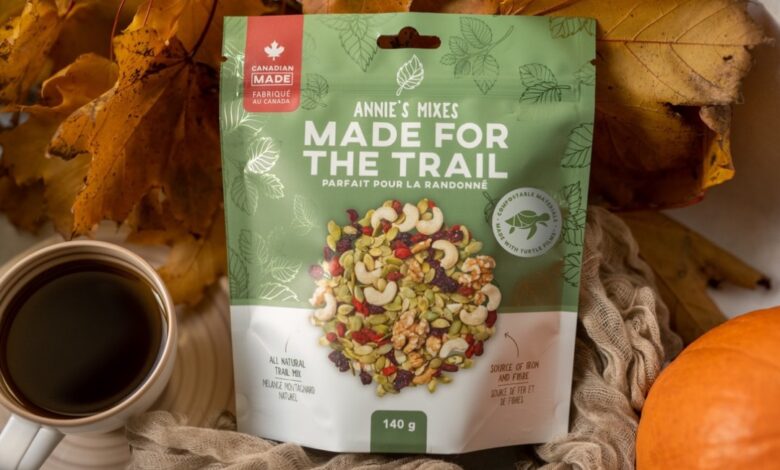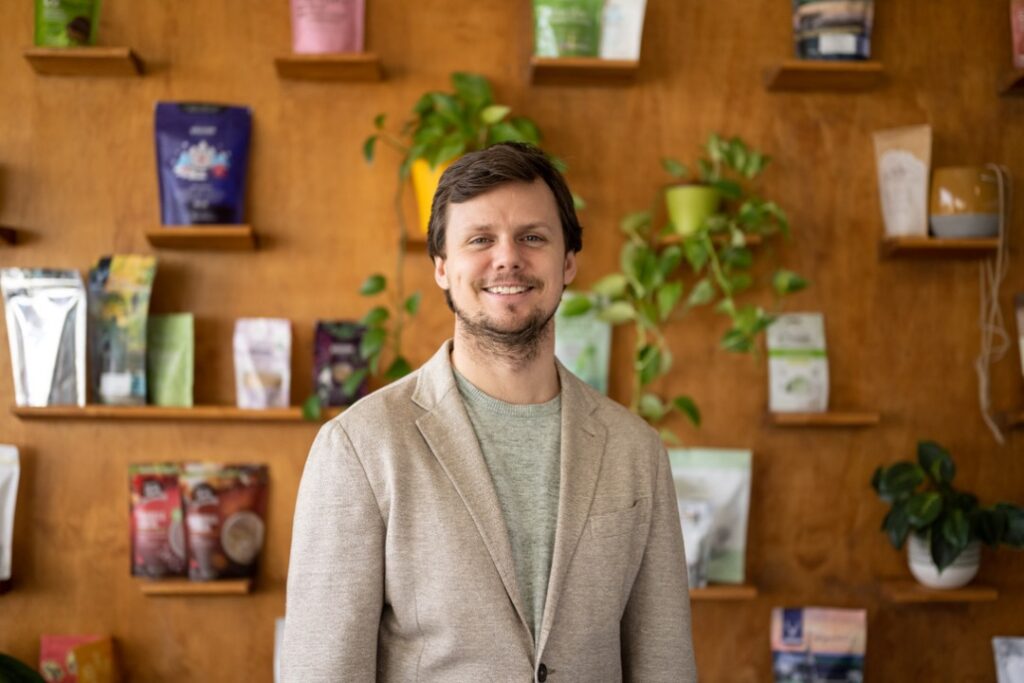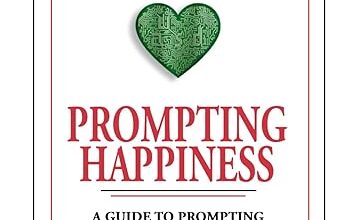Small Steps, Big Change: Unveiling the Future of Sustainable Packaging

The landscape of packaging is transforming—driven by the imperative of sustainability and the need for ecological responsibility. The traditional paradigms of packaging are being scrutinized in the face of mounting environmental challenges. A departure from conventional materials and practices is steering industries toward innovation and evolution.
In a world where sustainability has become a defining factor in shaping industries, the journey towards more responsible packaging solutions has given rise to companies like Rootree. Founded in 2010 by Phil St-Cyr, alongside family members, Rootree emerges not as a grand environmental crusade, but rather as a response to a practical need in the market.
The global packaging market is projected to reach $1.02 trillion by 2025, with the demand for sustainable packaging expected to grow by 8% annually over the next five years. This surge is fueling innovation as companies strive to meet the mounting call for eco-friendly and lightweight packaging. Material innovation is at the heart of the packaging revolution. Researchers and companies are pushing boundaries to discover materials that are not only environmentally friendly but also offer improved functionality. Water-soluble packaging holds immense promise for single-use products, reducing waste and enhancing convenience. Advancements in edible packaging, made from materials such as seaweed and rice, are opening up new avenues for sustainable packaging options.
St-Cyr shares the genesis of Rootree and its sustainability journey. “We established Rootree in collaboration with family members to bridge an existing gap,” St-Cyr remarks. This departure from conventional narratives—where grandiose missions often take the lead—underlines a no-nonsense approach to addressing a market need. St-Cyr, whose background lies in nutrition, explains how Rootree emerges as a practical solution to the challenges encountered by small enterprises in accessing packaging solutions.
St-Cyr explains the company’s evolution, including the transition from being a brokerage entity to a fully-fledged manufacturer. “Competition emerged as a formidable force,” St-Cyr acknowledges, attesting to how their distinct business model, bolstered by familial support and unwavering commitment, galvanize their trajectory amidst adversity.
Responding to heightened consumer demand for eco-friendly solutions, industry leaders navigate the complex terrain of materials, design, and logistics. Dr. Jane Mitchell, a specialist in environmental sustainability states, “The imperative for sustainable packaging is not an option but a necessity. Corporations must grapple with the environmental repercussions of their packaging choices.”
Material innovation stands as a linchpin in the realm of sustainable packaging. The transition from conventional plastics to biodegradable and compostable alternatives demonstrates a shift. Dr. Michael Reynolds, a materials scientist at GreenTech Innovations, stresses this transformation—”the evolution of materials has become pivotal. Plant-based polymers and biomaterials are challenging the dominance of traditional plastics.”
Sustainable packaging’s potency lies not only in material and design evolution but also in the meticulous recalibration of supply chains. Collaborations between industries, governments, and NGOs are imperative for effecting meaningful change. John Williams, CEO of SupplyChain Forward, states, “Sustainability necessitates robust supply chain partnerships. From sourcing to disposal, every link must echo the principles of ecological stewardship.” This alignment demands sustained commitment and systemic adjustments that extend beyond superficial measures.
The trajectory of sustainable packaging is intrinsically linked to evolving regulatory landscapes. Governments worldwide are implementing stringent measures to curb plastic waste and encourage sustainable practices. Dr. Dr. Elena Nikitina, a policy analyst at EcoPolicy Institute, affirms, “Regulation acts as a catalyst for sustainable packaging transformation. Legislative frameworks drive industry accountability.” Navigating diverse global regulations presents a challenge, necessitating adaptable strategies and a keen understanding of regional dynamics.
Embracing the digital age, the packaging industry is undergoing a technological transformation. Smart packaging equipped with sensors and RFID technology offers real-time tracking, enhances supply chain management, and engages consumers in personalized ways. The digitalization of packaging processes is redefining how brands connect with their customers, providing updates regarding the product’s journey from production to delivery.

Phil St-Cyr — CEO & Co-Founder of Rootree Inc
St-Cyr describes Rootree’s vision for the next five years. Amidst a market brimming with companies boasting eco-friendly credentials, Rootree distinguishes itself not through flamboyant claims but through a resolute commitment. “Our offering lies in the swift and effortless delivery of sustainable flexible packaging,” St-Cyr affirms. His focus on a “proactive approach” portrays a strategy underpinned by a firm intention to convert vision into outcomes.
The impact of Rootree extends beyond the realm of sustainability. St-Cyr sheds light on how the company nurtures small to medium-sized enterprises in their product launches. “Our role transcends mere ecological concern; we facilitate a level playing field where superior products take precedence over financial clout,” St-Cyr states.
Reflecting on the tumultuous Covid-19 pandemic, St-Cyr explains how Rootree underwent transformative growth. “We undertook a shift to a larger facility, expanded manufacturing capacity, and restructured our business model,” St-Cyr recounts. Amidst the pandemic’s upheaval, Rootree’s ability to adapt underscored a company not merely surviving but thriving while staying true to its foundational commitment to sustainability.
St-Cyr stresses the importance of mindset. His background in nutrition informs the company’s decisions. “Comparing to how people buy organic food, and how it helps not only your health but also the environment, similarly if we put health and wellness first, sustainability in turn follows. Sustainability starts with the self. ”
The transition towards sustainable packaging is a journey rife with complexity and potential. The future of sustainable packaging hinges on multifaceted approaches—materials innovation, design reformation, supply chain recalibration, and regulatory adaptation. Each step, though seemingly small, constitutes a pivotal stride towards a more environmentally-sound future.



